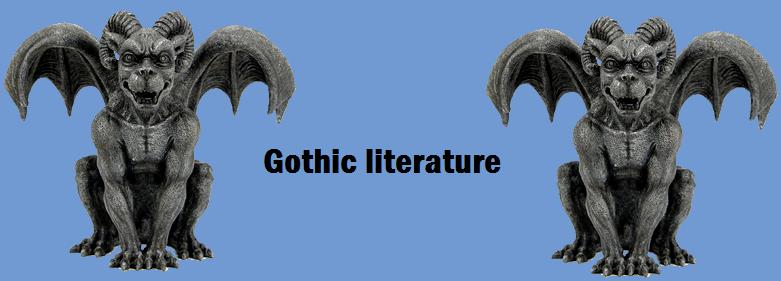
It also, by implication, supported the colonial enterprise by placing the European at the top of that ladder. The anthropological paradigm, articulated in the writings of anthropologists such as Sir John Lubbock, Edward Burnett Tylor, and James Ferguson McLennan, managed the traumatic implications of Darwinian evolutionary theory by creating a hierarchical ladder of biological and cultural evolution that affirmed the primacy of human over animal, and civilized over savage. Those events brought the Biblical framework into question and created a sense of cultural trauma reflected in both scientific and popular debates on the origins of humanity. Before the 1860s, the study of human beings had been dominated by the discipline of ethnology however, the ethnological paradigm, based on a Biblical understanding of human history, began to fracture with the discovery of prehistoric human remains at Brixham Cave (1858) and the publication of Darwin's On the Origin of Species (1859). The dissertation interprets such late nineteenth-century Gothic texts in light of the rise of Victorian anthropology and an anthropological paradigm based on Darwinian evolutionary theory. Wells' The Island of Doctor Moreau (1896), and Bram Stoker's Dracula (1897) within a twenty-five year period. Hyde ( 1886), Oscar Wilde's The Picture of Dorian Gray (1891), H.G.

:max_bytes(150000):strip_icc()/GettyImages-154516496-5c2fc88b46e0fb0001f80439.jpg)
The end of the nineteenth century witnessed a Gothic literary revival, which included the publication of Sheridan Le Fanu's Carmilla ( 1872), Robert Louis Stevenson's Strange Case of Dr.


 0 kommentar(er)
0 kommentar(er)
